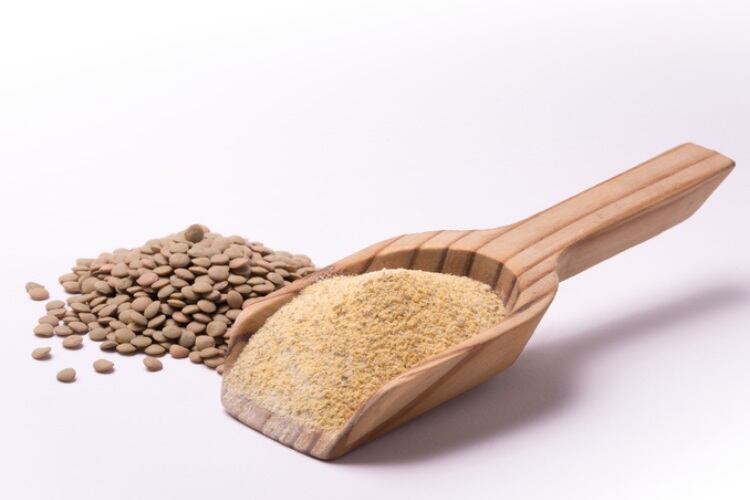Under the umbrella of the Australian Research Council (ARC) Functional Grains Center (FCG), CSU PhD student Drew Portman is spearheading a project to examine how lentil flour can be incorporated into wheat-based foods.
Australia produces around 500,000 tons of lentils annually, with 95% of the crop exported, mainly to the Indian subcontinent where lentils are widely consumed.
Benefits of lentils
- High in fibre and protein
- Low glycemic index
- Low in saturated fat
- Good source of antioxidants
“Although lentils are gaining popularity as a food source in western diets, wheat is the staple grain used for manufacturing food products,” said Portman.
Nutritional add-ons
“That means many of us are missing out on the nutritional benefits of lentils as they’re a great source of protein and the essential amino acids.”
According to Portman, the cooking process amplified antioxidant activity.
“That can help your body to mop up free radicals that can cause damage to human cells,” he said.
He added lentil flour is also high in protein so it can help keep people full for longer, which could aid with weight management.
Lentil and wheat bread
One product under investigation in the Australian government-backed study is bread made from a lentil and wheat flour mix.
The study is testing the rheological and baking properties of a lentil/wheat flour mix, as well as evaluating the quality of the bread and its nutritional properties.
“The aim is to optimize the blending ratio so the bread has the baking and eating qualities seen in traditional wheat-based products but also delivers the nutritional benefits of lentils,” said Portman.
The researchers measure the loaf volume, the crumb softness and chewability, as well as the crumb color.
“We think we've found a mix that works well,” said Portman. “When cooked, it has a peanuty taste.”
The research is hoping to create a higher-value market for lentils that have been downgraded and sold as stock feed.
Increased fiber
“We’re also investigating if the lentil seed-coat, which are currently discarded, can be used to increase the fiber content of food products,” said Portman, adding study will also investigate how lentil and wheat flour blends can be used for extruded foods like pasta and snacks.
“There’s a market for alternative food products in Australia and consumers are very savvy about these kinds of things. So, if we can demonstrate [a baked good’s] health benefits], then we can increase lentil consumption in Australia.”
Portman’s research is supervised by FGC Director Prof Chris Blanchard , Dr Joe Panozzo from Agriculture Victoria, Prof John Mawson from Plant and Food Research in New Zealand, and Dr Mani Naiker from The Australian Catholic University.
The FGC is administered by Charles Sturt University and is an initiative of the Graham Centre for Agricultural Innovation.



